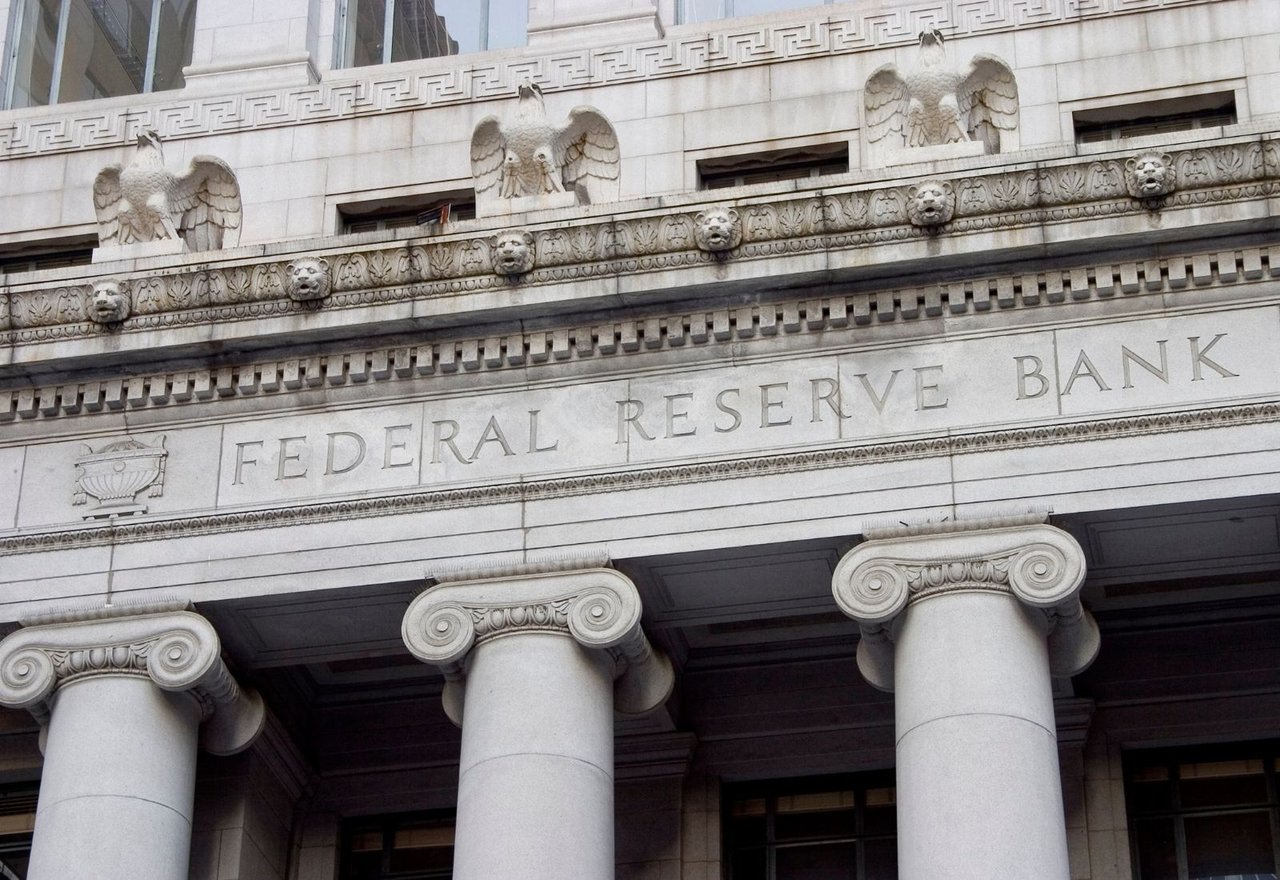Market Update Texas


Note: You can find the charts & graphs for the Big Story at the end of the following section.
The average 30-year mortgage rate began the year at 6.62%, marking the start of the third year mortgage rates have been elevated. However, the rate expectations for 2024 in January were far different from those today. In January, inflation was still trending lower and economists were predicting rate cuts as early as March. Unfortunately, the inflation rate stopped falling around 3%, never quite reaching the 2% target, which has caused the Fed to delay cutting the federal funds rate, which indirectly, but significantly, influences credit markets. The past two months, in fact, inflation has increased year over year, which isn’t ever going to move the timetable for rate cuts earlier.
During its May meeting, the Federal Reserve unanimously voted to hold policy rates steady for the sixth consecutive time, leaving the federal funds target rate unchanged at 5.25% to 5.50%. Importantly, Fed Chair Jerome Powell emphasized that it’s unlikely that the next policy rate move will be a hike; it’s more likely that rates remain steady and with less clarity of cuts. The Fed’s dual mandate aims for stable prices (inflation ~2%) and low unemployment. The jobs market is still strong, so really, it’s all about inflation.
The Fed’s change of tune has led to much higher mortgage rates. Mortgage rates have risen 0.6% since the start of the year, and two thirds of that increase happened in April. Rising rates, especially quickly rising rates, only slow the housing market. As we entered May, the average 30-year mortgage rate hit 7.22% — the highest level in 2024 and not too far off from the 23-year high of 7.79% hit last year. During April, prices and rates increased, thereby decreasing affordability. For buyers planning to finance a home, the 0.38 percentage point increase that occurred in April affects the monthly cost of a home dramatically. When we couple the median price increase with the mortgage rate increase in just the month of April, the monthly cost increased 7%. If we compare the month cost in January to April, the monthly cost rose 13%.
Rates seem to be able to inflate prices and increase sales when they’re low, but when they’re high, they only slow sales — or, at least, that’s been the experience over the past four years. Inventory is, of course, driving the disconnect. Demand is still high relative to supply, even though inventory is growing. However, as prices increase, the buyers who haven’t been priced out of the market become pickier, and fewer but pickier buyers creates an overall slowdown. The market was showing signs of a more normal spring with sales and inventory rising, but the recent rate increases dropped sales last month, which is almost never seen in the spring. Even though mortgage rates have been elevated for long enough that it feels more normal, mortgage rates above 7% will naturally give potential buyers and sellers pause before entering the housing market.
Different regions and individual houses vary from the broad national trends, so we’ve included a Local Lowdown below to provide you with in-depth coverage for your area. As always, we will continue to monitor the housing and economic markets to best guide you in buying or selling your home.
Note: You can find the charts/graphs for the Local Lowdown at the end of this section.
In Texas, home prices haven’t been largely affected by rising mortgage rates with the exception of Greater Austin, which has had a major price contraction since May 2022. Broadly, price contractions are normal in the fall and winter months of any year, so it’s hard to conclude that higher rates have had any meaningful effect on price across most of Texas’ major metros. We expected prices to remain below peak in the winter, but as seasonal demand increases this spring, prices could reach new highs in the summer of 2024 in all the selected major markets except Greater Austin. Additionally, the inventory buildup in 2023 will create a healthier market in 2024, satiating demand as it grows. We expect single-family home prices to continue to rise next month, as the rising inventory and new listings attract more buyers to the market. More homes must come to the market in the spring and summer to get anything close to a healthy market, and new listings have continued to come to the market.
High mortgage rates soften both supply and demand, but homebuyers seemed to tolerate rates above 6%. Now that rates are above 7%, sales may slow slightly in the next couple of months, which isn’t great for the market, but isn’t it terrible, either, as it may allow inventory to build in a massively undersupplied market.
Inventory trended higher into the fall of 2023 and winter 2023/2024, which is far from the seasonal norm. Typically, inventory peaks in July or August and declines through December or January. Inventory levels in Texas’s major metro areas are unusual in the United States, in that they actually built up to pre-pandemic levels in 2023, moving higher primarily due to softening demand caused by higher interest rates.
During Q4 2023, inventory peaked in October before declining slightly in November and December, as sales and new listings declined. In 2024, inventory has begun to increase once again. Notably, inventory across markets are all at or near two-year highs in April. The number of new listings coming to market is a significant predictor of sales, and the substantial increase in new listings so far in 2024 has led to an increase in sales month over month. The next three months will determine if the higher mortgage rates will actually slow the market.
Months of Supply Inventory (MSI) quantifies the supply/demand relationship by measuring how many months it would take for all current homes listed on the market to sell at the current rate of sales. The long-term average MSI is around four to five months in Texas, which indicates a balanced market. An MSI lower than four indicates that there are more buyers than sellers on the market (meaning it’s a sellers’ market), while an MSI higher than five indicates there are more sellers than buyers (meaning it’s a buyers’ market). MSI trended higher from May 2023 to January 2024 largely due to the decline in sales and longer time on the market. However, in February and March 2024, MSI declined across markets as sales rose and homes sold at a faster rate. April MSI movements were mixed in Texas markets. Currently, for single-family homes, MSI indicates that Greater San Antonio is balanced, while Greater Austin, Greater Houston, and Dallas-Fort Worth favor sellers. For condos, MSI indicates that the markets favor buyers except for Dallas-Fort Worth, which now favors sellers.
Stay up to date on the latest real estate trends.

Trusted Experts in the Palisades, Santa Monica, and Brentwood Real Estate Markets

How Sellers In Pacific Palisades, Santa Monica And Brentwood Get It Right

December 2025

November 2025

October 2025

September 2025

August 2025

Market and Rebuild Update by Anthony Marguleas

July 2025
You’ve got questions and we can’t wait to answer them.